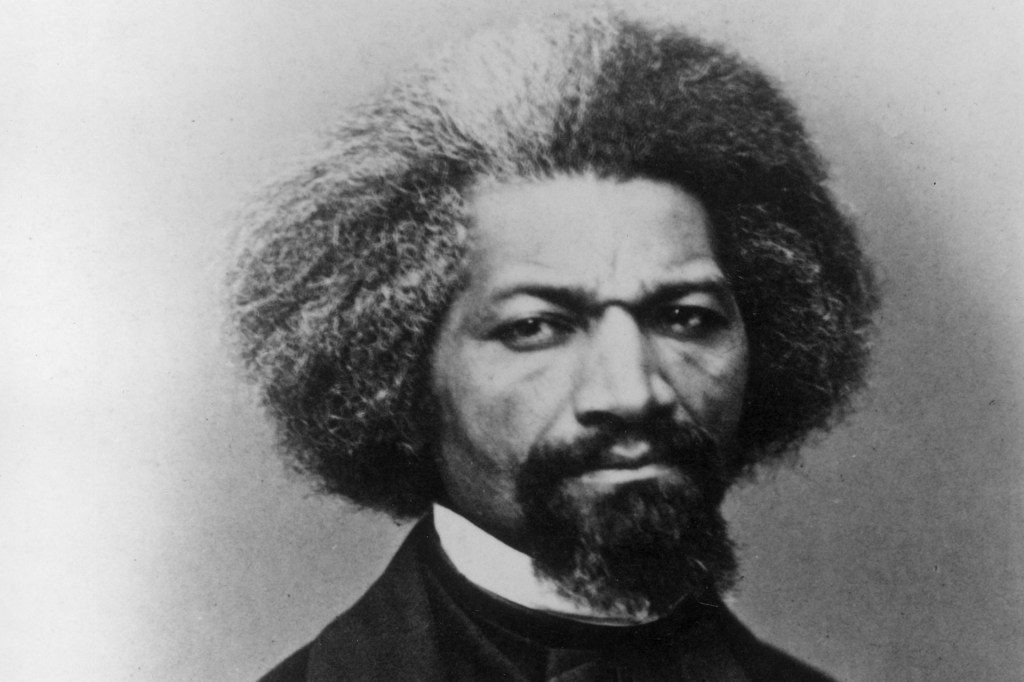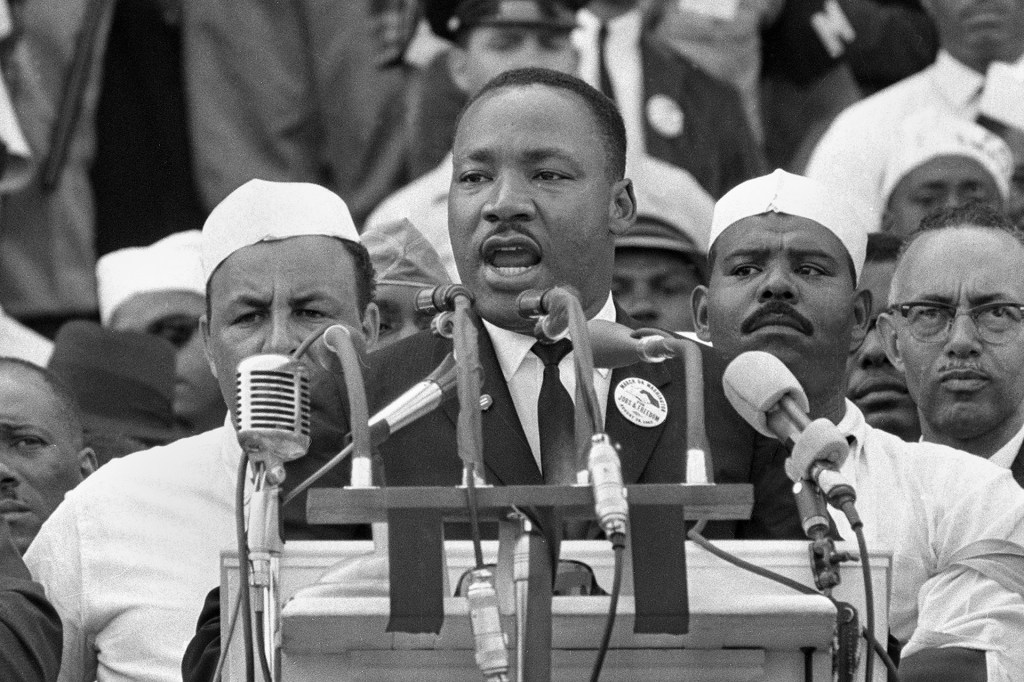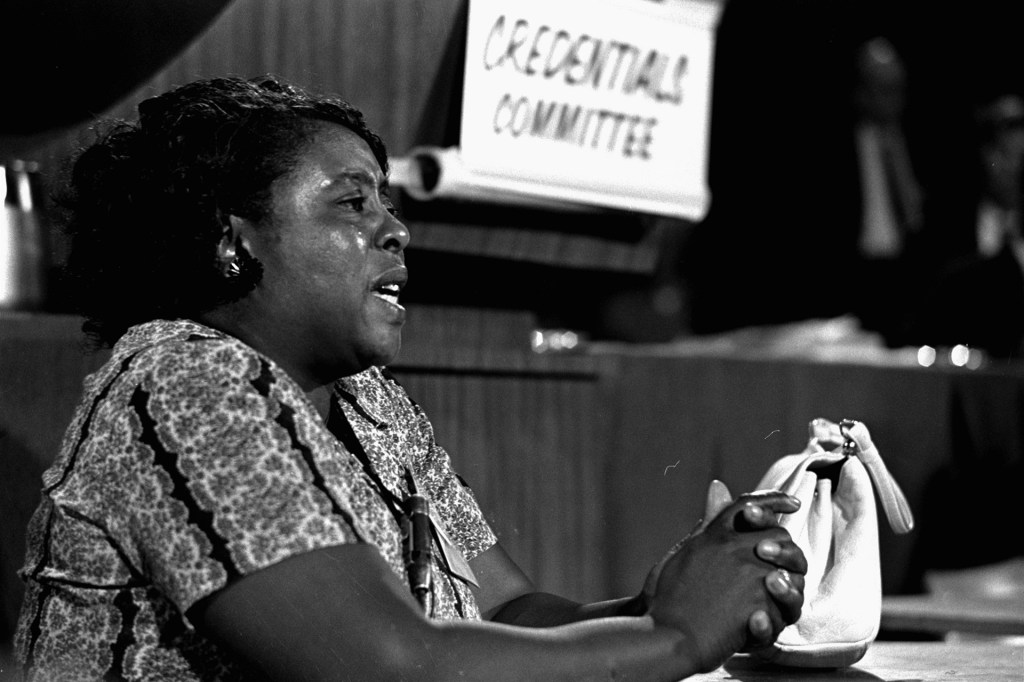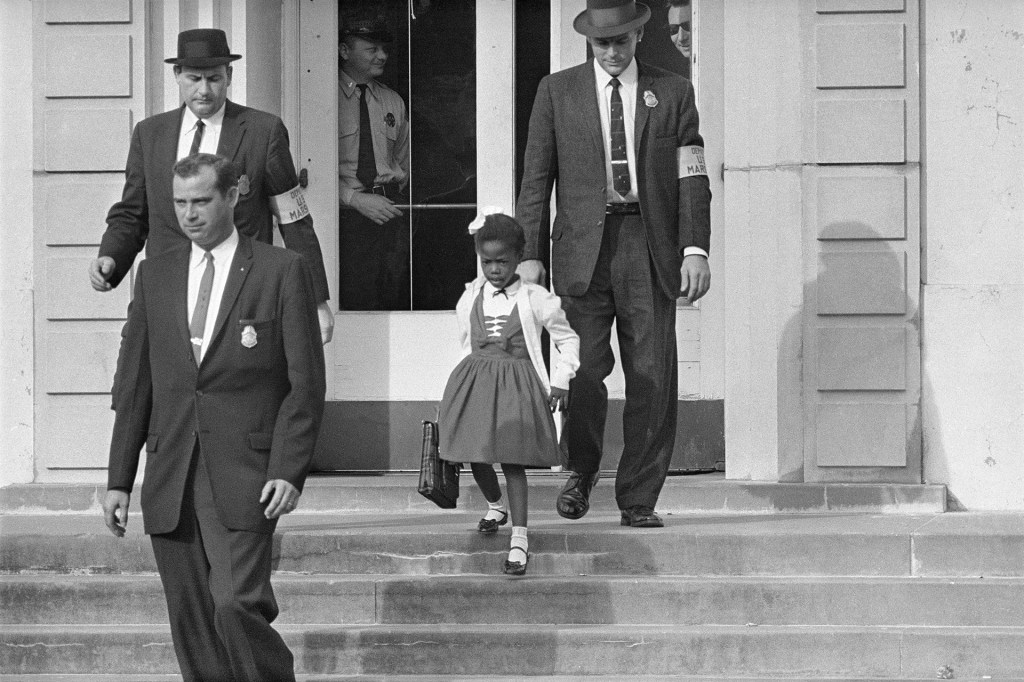Alexander Hamilton
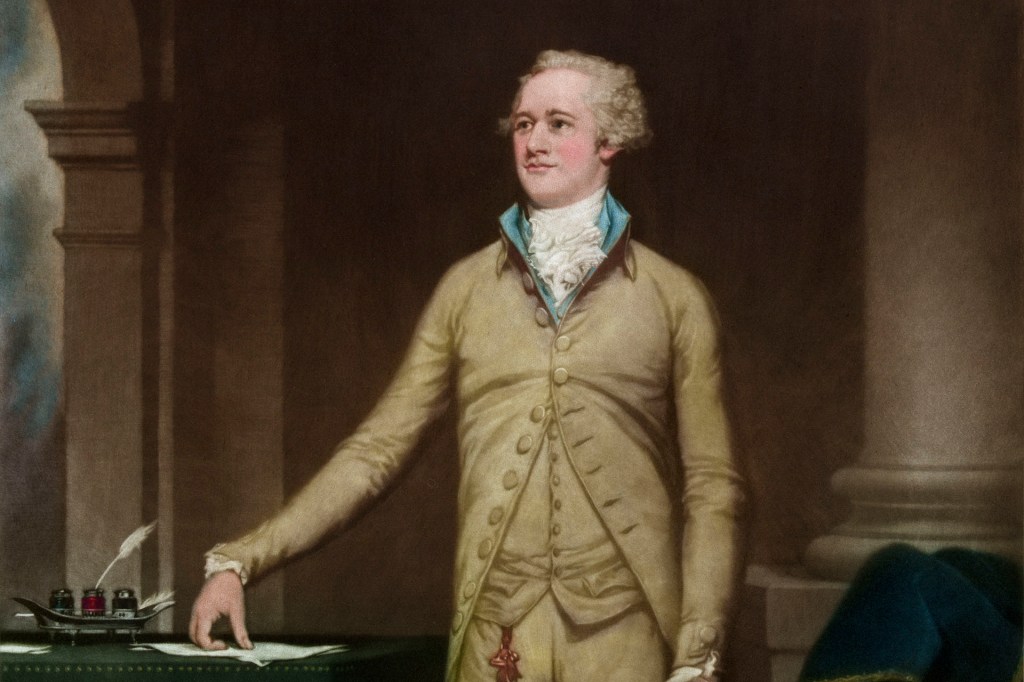
Alexander Hamilton (January 11, 1755 or 1757—July 12, 1804) is one of America’s most influential Founding Fathers. In his short life, he served as a delegate to the Constitutional Convention, was the first U.S. secretary of the treasury, and established the nation’s first national bank. But Hamilton was not born into power. He worked his way to the top.
Alexander Hamilton was born on January 11, 1755 or 1757, on Nevis, in the British West Indies. His father, James, abandoned his mother, Rachel, in 1765. His family was left poor. At 11, Hamilton had his first job, as an accounting clerk in St. Croix, then part of the Danish West Indies. It was there that he learned about money and business. The boy’s ability and promise impressed his boss.
When Hamilton was 13, his mother became ill and died, leaving him an orphan. His boss at the counting house wanted to help him. He teamed up with local leaders to gather funds to send young Hamilton to America for a strong education.
The American Revolution
At 15, Hamilton attended a preparatory school in Elizabeth, New Jersey. In the fall of 1773, he entered King’s College (known today as Columbia University). Hamilton took his studies seriously. But with the American Revolution beginning, he soon became involved in politics. He left school before graduation and joined protests against the British. Hamilton stood up for colonists in Boston, Massachusetts, after they destroyed tea shipments in what came to be known as the Boston Tea Party.
In 1776, a year after the start of the Revolutionary War, Hamilton was made captain of a New York artillery company. He served in the battles of Long Island, White Plains, and Trenton. Hamilton was promoted to lieutenant colonel of the Continental Army in 1777. In his new role, he became a trusted adviser to Commander in Chief George Washington.
Building a United Nation
After his war service, Hamilton went on to became a lawyer. In 1780, he married Elizabeth Schuyler, a member of one of New York’s wealthiest families. Four years later, he founded the Bank of New York. Now called BNY Mellon, it is one of the oldest banking organizations in the U.S. In 1787, Hamilton took part in the Constitutional Convention, in Philadelphia. The purpose of the meeting was to form a new national government.
After the Constitution was drafted, all 13 colonies had to agree to it. To defend the Constitution against critics, Hamilton, along with James Madison and John Jay, wrote a series of 85 essays under the pen name Publius. Those writings would eventually be published as The Federalist Papers. They were effective. On September 17, 1787, the Constitution was ratified. It wasn’t until after Hamilton’s death that people learned he was one of the authors of The Federalist Papers. In fact, Hamilton wrote more than half of the essays.
When George Washington was elected president, in 1789, he asked Hamilton to serve as secretary of the treasury. One of Hamilton’s most pressing tasks was to figure out a way to pay off the nation’s war debt. According to his plan, the first step would be for the federal government to assume, or take on, debts owed by individual states. Hamilton called his plan the Assumption Bill.
At the same time, there was debate about where the new nation’s capital should be. Some thought Philadelphia. Others thought it should remain in New York City. Still others pushed for a capital in the South. To force a decision, Hamilton, Thomas Jefferson, and James Madison met at a private dinner in New York City. There, they made a deal. Madison would tell Southerners to support Hamilton’s Assumption Bill. In return, Hamilton would sway New Yorkers to support the Residence Act, which called for the capital to be in the South. Both the act and the bill passed. Washington, D.C., was selected as the nation’s capital, and Hamilton’s plan to have the federal government assume the states’ war debt moved forward.
Political Ruin
In 1795, Hamilton resigned his position as secretary of the treasury and returned to law. Little did he know his fortunes would soon change. Word soon got out that Hamilton had been romantically involved with a married woman named Maria Reynolds. Her husband, James, had used the information to blackmail Hamilton. Eventually, Hamilton admitted to the affair in a 95-page publication known as the Reynolds pamphlet.
Though his reputation was damaged, Hamilton continued to be involved in politics. When Thomas Jefferson and Aaron Burr tied in the presidential election of 1800, Hamilton supported Jefferson.
When Burr ran for governor of New York, in 1804, Hamilton again spoke out against him. Hamilton’s interference made Burr angry. He believed Hamilton had ruined another election for him. So Burr challenged him to a duel. On July 11, Burr shot Hamilton in Weehawken, New Jersey. Hamilton died the next day. His wife, Eliza, spent the next 50 years working to preserve his legacy.





